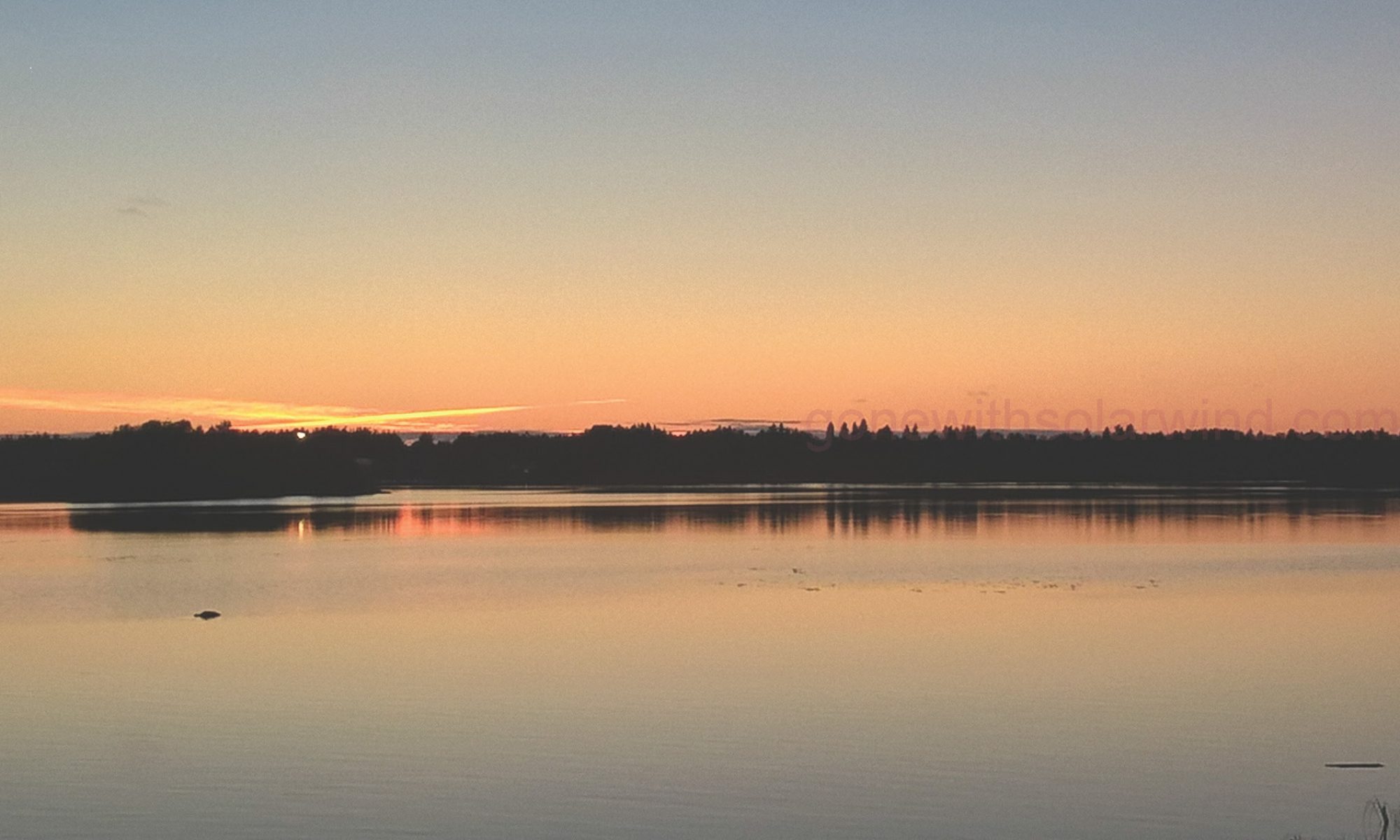Overall the activity level was somewhat low, but on different occasions we met with individual members of this working group and discussed various questions. I really appreciate these individual conversations, and I hope we will be able to do it more often in the future. Perhaps, one of possible reasons is that Google working group setup did not work well. So, in the next couple of weeks, I am going to set up an old-fashioned listserver at NSO which will be dedicated to the work of this WG.
Recently, the solar physics community started discussion of development of future networks of solar telescopes. The first workshop was held in Boulder, CO to discuss some initial ideas about such networks. Unfortunately, this IAU working group was not formally involved in this meeting, but I hope this will change for the future meeting. Given the importance of this topic (of networks), several months ago I contacted Presidents of IAU Divisions B (Facilities, Technologies and Data Sciences) and E (Sun and Heliosphere) and asked them to consider elevating status of our working group to inter-Divisional WG and to change its name to “Coordination of Synoptic Observations of the Sun and Networks.” Their initial replies were very positive. I was told that these my suggestions were presented at the IAU EC meeting in May, but I did not hear yet if any decision was made or not. I plan to follow up on this with the IAU.
To promote the importance of solar groundbased observations in Space Weather, I have recently attended International Living with a Star (ILWS) workshop in Irkutsk, Russia (http://cs.iszf.irk.ru/index.php/ilws/13), and presented an invited talk on “GROUND-BASED SOLAR OBSERVATIONS AND THEIR ROLE IN SPACE WEATHER RESEARCH AND FORECAST” (abstract: http://cs.iszf.irk.ru/index.php/ilws/13/paper/view/101 ). This ILWS workshop made “a special emphasis on a closer integration of ground- and space-based data, including a discussion on the current and upcoming National and International projects relevant to Space Weather research.” At the conclusion of the workshop, it was recommended to form a small working group withing ILWS to closely coordinate next four major space missions (including Solar Orbiter, Solar Probe, and Russian Interhelioprobe). It was also suggested that such working group should include a representation from groundbased observations.
Workshop on “Synergies between ground- and space-based solar research” to be held in Oslo in August this year concentrates exclusively on high-resolution observations. I recently suggested the organizers to expand the scope and include the synoptic groundbased observations as well, but it could be too late for any changes. In anycase, it seems that we need to put more effort in promoting the existence of this IAU WG to the community.
World Meteorological Organization (WMO) is developing a set of requirements for various areas including Space Weather, and perhaps, this IAU working group can contribute to that discussion.
Main link to the rolling review of requirements is (Space Weather link is the last entry in the table on that page): http://www.wmo.int/pages/prog/www/OSY/GOS-RRR.html
or you can find specific requirements for Space Weather at http://www.wmo-sat.info/oscar/applicationareas/view/25
I would of course prefer having discussion of this WMO requirements via this IAU working group, but even if you contact Terry Onsager directly, I would appreciate copying me (apevtsov at nso.edu) on your comments in respect to that matter.
Finally, I continue accumilate the information about existing groundbased facilities involved in synoptic observations of the Sun. This is still work in progress, and so, the list is not well organized.
The current list can be found under “Resources” link at https://gonewithsolarwind.com/index.php/iau-wg/
Alexei Pevtsov
Chair
IAU WG on Synoptic Observations of the Sun
